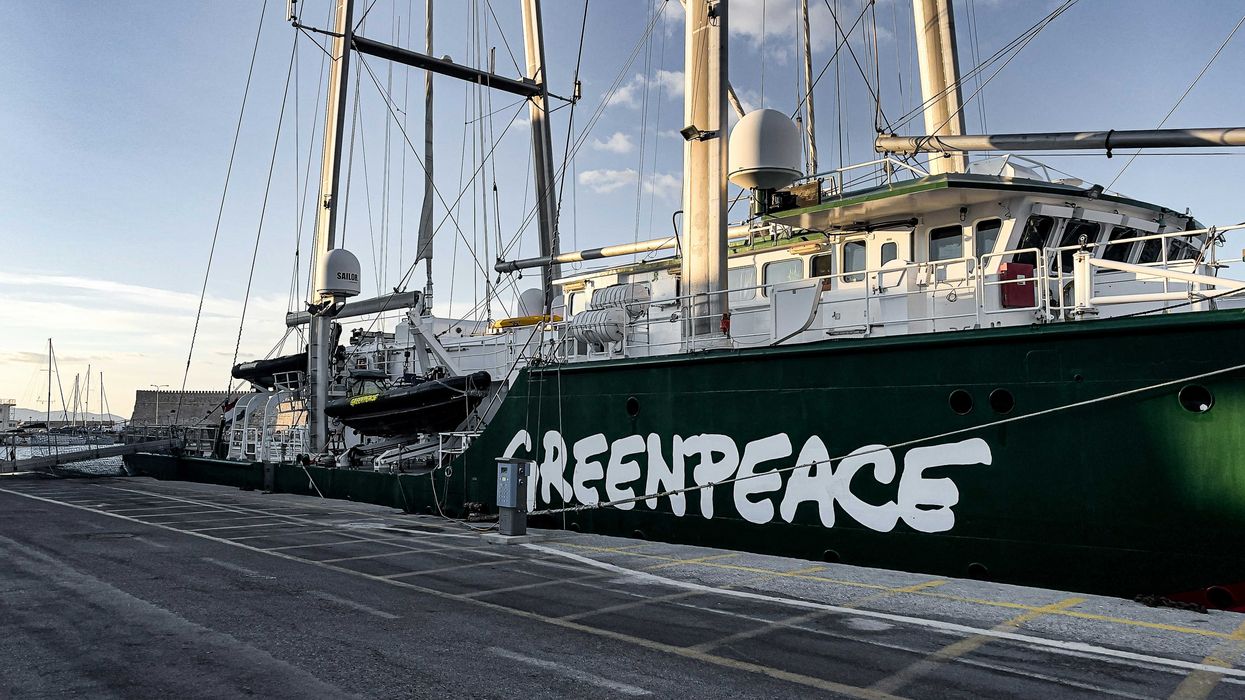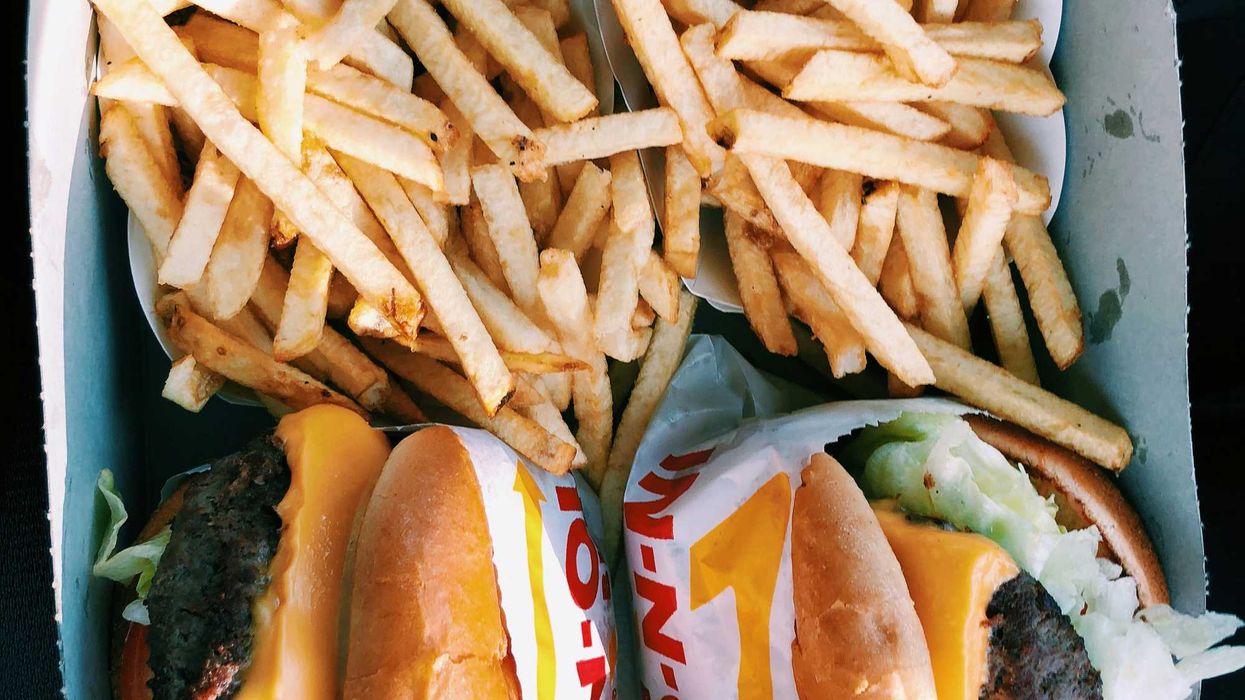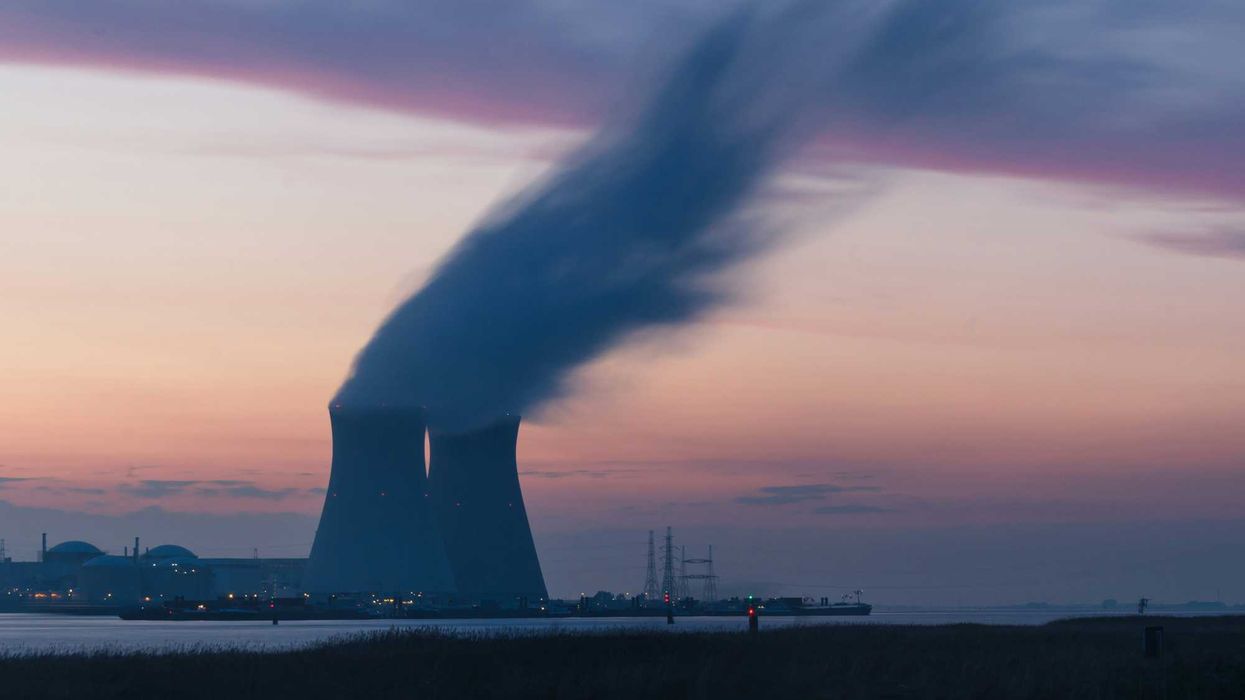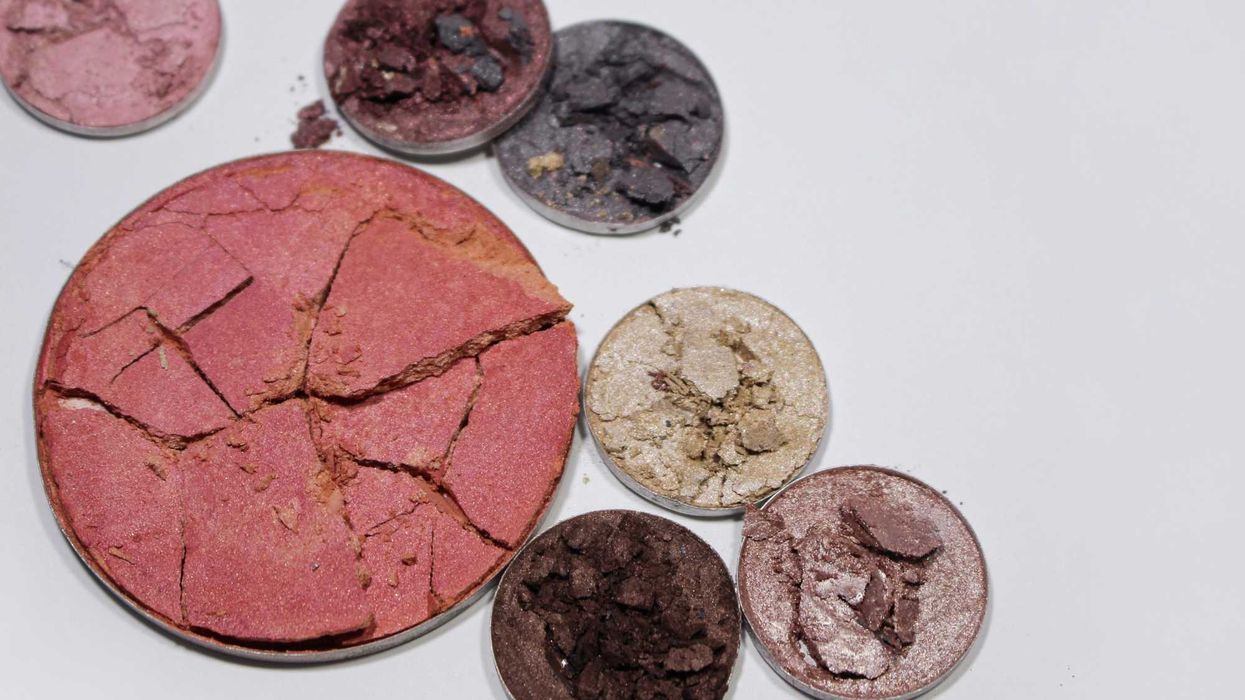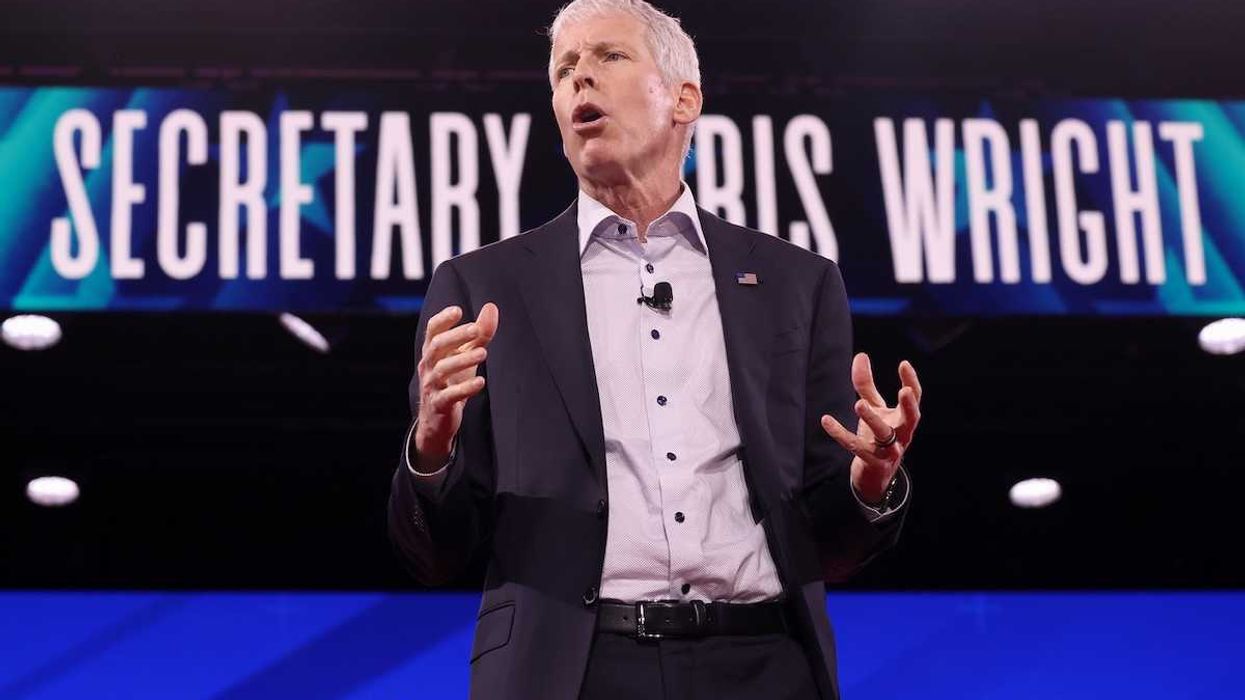A new elementary school and proposed middle school in Louisville’s West End are being built on contaminated land, prompting concern from environmental advocates about whether enough is being done to protect students and staff from chemical exposure.
Connor Giffin reports for the Louisville Courier Journal.
In short:
- Dr. William H. Perry Elementary School, which opened in 2023, sits on land once used by Philip Morris and other industrial operations; a new middle school, Dr. J. Blaine Hudson, is planned across the street on a similarly contaminated site.
- Jefferson County Public Schools says it has installed vapor mitigation systems and taken steps "in excess of what the law requires," but advocates say more environmental monitoring and transparency are needed.
- The Kentucky Resources Council has pressured state officials to reassess the risk and strengthen oversight, especially given the heightened vulnerability of children to pollutants like volatile organic compounds (VOCs) and hydrocarbons.
Key quote:
"Put plainly, based on the results, most of the VOCs tested may still exceed the levels the EPA considers safe for indoor air."
— Audrey Ernstberger, attorney, Kentucky Resources Council
Why this matters:
Building schools on brownfields — land once used for industrial purposes and left contaminated — is becoming more common as urban space becomes scarce, but the health risks can be profound. Children are especially vulnerable to toxic exposure, which can harm developing organs and immune systems, increase cancer risk, and lead to lifelong health issues. In cities like Louisville, where brownfields are concentrated in low-income neighborhoods, the issue intersects with environmental justice. These communities often face higher levels of pollution and poorer health outcomes. Without rigorous monitoring, even well-intentioned redevelopment can perpetuate health inequities.
Related: Florida community grapples with toxic school site legacy




